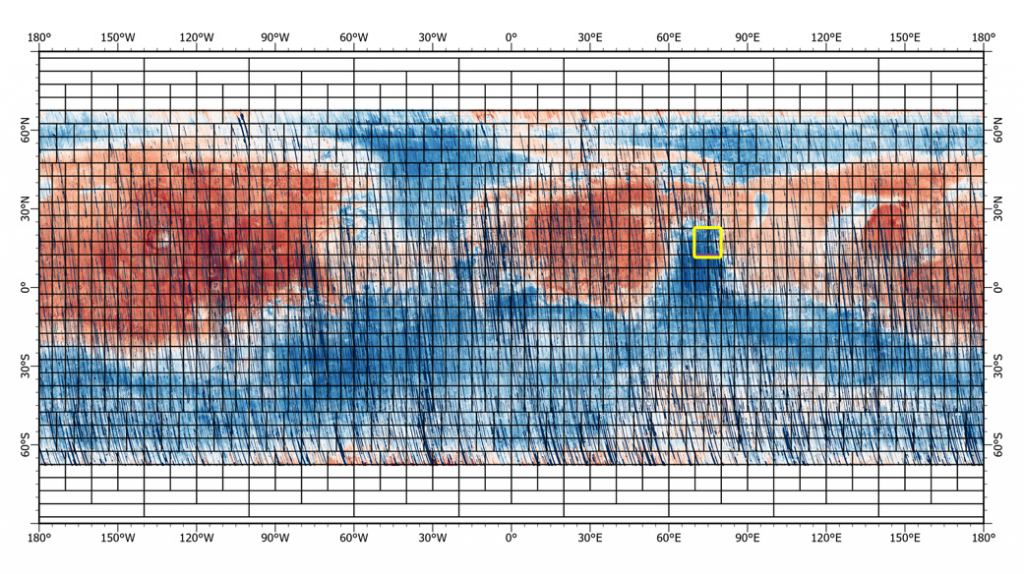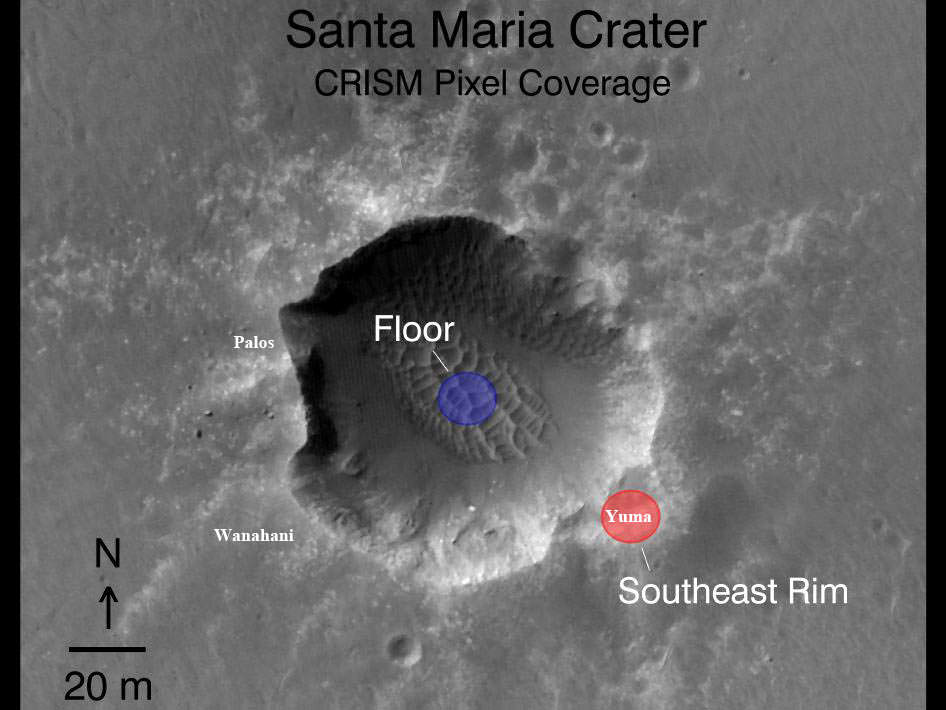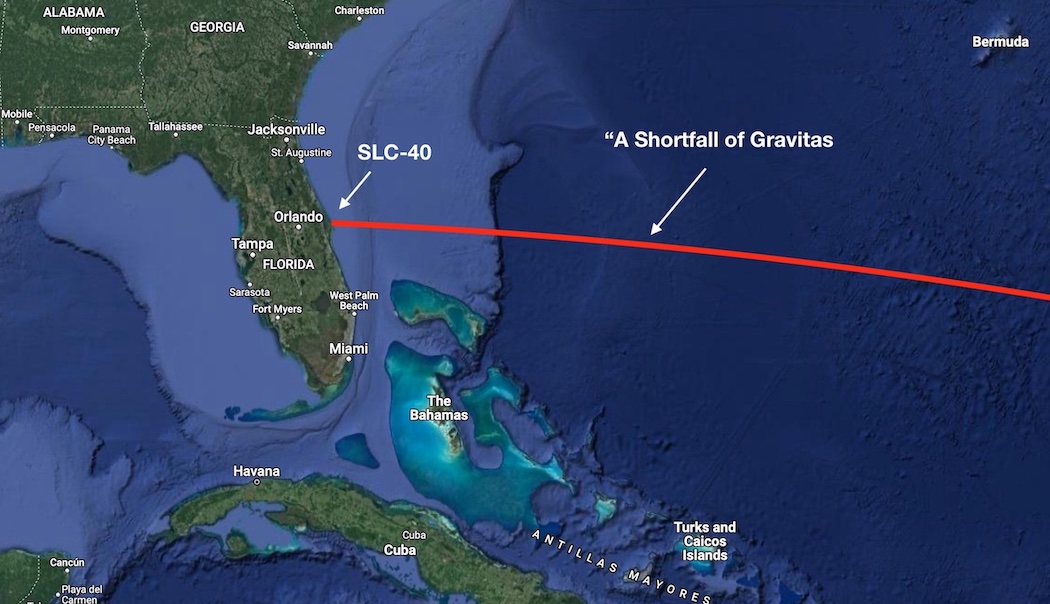Live coverage of the countdown and launch of India’s Polar Satellite Launch Vehicle with the DS-EO, NeuSAR, and SCOOB 1 satellites for Singapore. Text updates will appear automatically below. Follow us on Twitter.
Space News & Blog Articles
Watch an Atlas V rocket launch a missile-warning satellite for the US military on Thursday
A United Launch Alliance Atlas V rocket is scheduled to launch two satellites for the U.S. military on Thursday (June 30), and you can watch the action live.
Catch the moon basking in Earthshine this weekend
See the moon glow with Earthshine this weekend. The phenomenon occurs when sunlight is reflected off Earth and back toward the moon shortly after sunset.
Swarms of tiny robots may one day explore oceans on other worlds
A NASA JPL concept aims to send tiny swimming robots to explore oceans on other planets and moons in our solar system.
James Webb Space Telescope's powers will be revealed in just weeks and scientists can't wait
The James Webb Space Telescope's first images are coming soon and scientists can't wait for us to see them.
ESA counts down to Asteroid Day with news on riskiest asteroid
Video: 00:29:18 Will we find 2021 QM1 before it finds us?
Tenoumer Crater, Mauritania
Image: Deep within the Sahara Desert lies one of the best-preserved craters on Earth. On Asteroid Day, the Copernicus Sentinel-2 mission takes us over the almost-perfectly circular Tenoumer Crater in Mauritania.
A Dying Star’s Last Act was to Destroy all Its Planets
When white dwarfs go wild, their planets suffer through the resulting chaos. The evidence shows up later in and around the dying star’s atmosphere after it gobbles up planetary and cometary debris. That’s the conclusion a team of UCLA astronomers came to after studying the nearby white dwarf G238-44 in great detail. They found a case of cosmic cannibalism at this dying star, which lies about 86 light-years from Earth.
If that star were in the place of our Sun, it would ingest the remains of planets, asteroids, and comets out to the Kuiper Belt. That expansive buffet makes this stellar cannibalism act one of the most widespread ever seen.
“We have never seen both of these kinds of objects accreting onto a white dwarf at the same time,” said lead researcher Ted Johnson, a physics and astronomy graduate of UCLA. “By studying these white dwarfs, we hope to gain a better understanding of planetary systems that are still intact.”
An artist’s view of a white dwarf siphoning off debris from shattered worlds in its planetary system. Courtesy NASA/ESA, Joseph Olmstead (STScI)
Finding Evidence of Chaos at a Dying Star
Johnson was part of a team from UCLA, UC San Diego, and the University of Kiel in Germany working to study chemical elements detected in and around the white dwarf atmosphere. They used data from NASA’s retired Far Ultraviolet Spectroscopic Explorer, the Keck Observatory’s High-Resolution Echelle Spectrometer in Hawaii, and the Hubble Space Telescope’s Cosmic Origins Spectrograph and Space Telescope Imaging Spectrograph. The team found and measured the presence of nitrogen, oxygen, magnesium, silicon, and iron, as well as other elements.


Live coverage: Virgin Orbit ready to haul seven payloads into orbit with air-launched rocket
Live coverage of the countdown and launch of a Virgin Orbit LauncherOne rocket. The air-launched rocket will climb into orbit with seven small satellite payloads after release from a Boeing 747 carrier aircraft southwest of Los Angeles. Text updates will appear automatically below. Follow us on Twitter.
EDITOR’S NOTE: Virgin’s live webcast begins at 9:45 p.m. PDT (12:45 a.m. EDT; 0445 GMT).
Virgin Orbit Webcast
SpaceX closes out first half of 2022 with on-target launch for SES
SpaceX’s 27th mission of the year lifted off from Cape Canaveral at 5:04 p.m. EDT (2104 GMT) Wednesday. Credit: Michael Cain / Spaceflight Now / Coldlife Photography
SpaceX closed out the first half of 2022 with its 27th mission of the year, powering a commercial television broadcasting satellite into orbit for SES on a Falcon 9 rocket as the company is poised to break its annual launch record in the coming weeks.
The Falcon 9 rocket delivered the SES 22 communications into an elliptical, or oval-shaped, transfer orbit on the way to an operating perch in geostationary orbit, where the spacecraft will circle Earth over the equator, matching its velocity to the planet’s rotation.
SES 22, built by Thales Alenia Space, is the first of five new C-band television broadcasting satellites SES plans to launch this year. All will take off from Cape Canaveral, with three assigned to two SpaceX Falcon 9 missions — including SES 22 launched Wednesday — and two satellites booked to fly on a United Launch Alliance Atlas 5 rocket in the late August or September timeframe.
The satellites will help SES reconfigure its television broadcast services to a narrower segment of the C-band radio spectrum after the Federal Communications Commission approved a plan to repurpose some of the spectrum previously used for television and radio programming to terrestrial 5G cellular broadband networks.
“We are thrilled with the successful launch of SES 22, thanks to our partners at Thales Alenia Space and SpaceX,” said Steve Collar, CEO of SES. “The launch of SES 22, together with other upcoming C-band satellite launches scheduled this year, will enable us to continue providing the high-quality services that our customers have been accustomed to over the last several decades, while freeing up spectrum that will enable the US to rapidly unlock the promise of 5G.”


The Rings of Uranus and Neptune Could Help map Their Interiors
Mapping the interior of the ice giants is difficult, to say the least. Not only are they far away and therefore harder to observe, but their constant ice cover makes it extremely hard to detect what lies underneath. So scientists must devise more ingenious ways to see what’s inside them. A team from the University of Idaho, Cal Tech, Reed College, and the University of Arizona think they might have come up with a way – to look at the structure of Neptunes’ and Uranus’ rings.
This isn’t the first technique scientists have used, though. Previous efforts have attempted to use the common technique of photometry to detect oscillations on the planet’s surface. Those oscillations can then be correlated to the density of particular parts of the planet’s interior. While the technique worked well for Jupiter, the photometry data we have of the ice giants so far have proved insufficient to determine the same density profiles.
An alternative is using gravitational oscillations within the planet’s surface. In particular, there is a type of oscillation pattern known as a “normal mode.” This oscillation pattern happens when all parts of a system begin oscillating with the same sinusoidal frequency. And the gravitational effects of normal mode oscillations in the planet’s interior can be felt outside and reflected in the rings themselves.
UT video discussing planetary rings in the solar systemIt also isn’t the first time patterns in a planet’s rings have been used to calculate its internal density. Saturn has a better-understood ring system than Uranus or Neptune, the two ice giants with known ring systems. Scientists have been performing seismological analyses on the Saturnian ring system for years using data from Voyager and Cassini. The result is a better understanding of some of the normal modes of the planet’s interior and, therefore, an estimate of the makeup of the planet’s core and the rotation rate of the bulk of its material.
Neptune and Uranus each have a series of different rings, though they are not as well studied as Saturn’s. Some of those rings of which are corralled by shepherd moons. But according to the new paper, the same density reflections of resonance waves evident in Saturn’s rings are likely present in the ice giant’s ring systems as well.
Mars clouds take center stage in new NASA project looking for volunteers
Fogs, plumes and other types of Martian clouds are getting the crowdsourcing treatment.
A New Map of Mars, Made From 51,000 Orbital Images
When NASA sent the Mars Reconnaissance Orbiter (MRO) to the red planet in 2006, the spacecraft took an instrument with it called CRISM—Compact Reconnaissance Imaging Spectrometer for Mars. CRISM’s job is to produce maps of Mars’ surface mineralogy. It’s been an enormous success, but unfortunately, the loss of its last cryocooler in 2017 means the spectrometer can only undertake limited observations.
But CRISM is going out with a bang, creating one final image of the surface of Mars that NASA will release in batches over the next six months.
“It’s effectively a whole new data set that will fuel a second wave of discoveries about Mars’ surface composition.”
The new map will cover 86% of Mars’ surface. It’ll be 5.6 gigapixels in size and will reveal the locations of dozens of important minerals in 72 colours. Since many minerals form in the presence of water, the locations of certain minerals reveal evidence of Mars’ watery past. The new map will also help plan future missions and choose the most promising locations for rovers to visit.
Jezero Crater on Mars was the landing site for NASA’s Mars 2020 rover. The colours in this image show surface minerals detected by CRISM, which helped identify the crater as a desirable landing site. The green colour represents carbonates, which are good at preserving fossils. Image Credit: NASA/JPL-Caltech/ASUWe already have the first portions of the new map. The final version of the map will contain about 51,000 540-kilometre-long strips, contained in 1764 tiles. In mid-June, NASA released 48 of those tiles, and they cover five of Mars’ most scientifically interesting regions.



NASA's DART asteroid mission might completely deform small moonlet
A new study finds DART's impact could be stronger than expected.
Live coverage: SpaceX counting down to launch with SES broadcasting satellite
A SpaceX Falcon 9 rocket stands on pad 40 at Cape Canaveral Space Force Station before launch with the SES 22 communications satellite. Credit: Stephen Clark / Spaceflight Now
SpaceX is preparing to launch a television broadcasting satellite Wednesday for SES, with liftoff of a Falcon 9 rocket from Cape Canaveral set for 5:04 p.m. EDT (2104 GMT).
There’s a two-hour window for SpaceX’s launch Wednesday, and the official launch weather outlook predicts an 80% chance of favorable weather for liftoff.
SpaceX ground crews rolled the Falcon 9 rocket and its commercial satellite payload to pad 40 earlier this week, and raised it vertical in the launch mount at pad 40 for final checkouts. The 229-foot-tall (70-meter) launcher will be filled with a million pounds of kerosene and liquid oxygen propellants in the final 35 minutes of the countdown Wednesday.
If weather and technical parameters are all “green” for launch, the nine Merlin main engines on the first stage booster will come to life with the help of an ignition fluid called triethylaluminum/triethylborane, or TEA-TEB. Once the engines are at full throttle, hydraulic clamps will open to release the Falcon 9 for its climb into space.
The nine main engines will produce 1.7 million pounds of thrust for about two-and-a-half minutes, propelling the Falcon 9 and the SES 22 communications satellite into the upper atmosphere. Then the booster stage — tail number B1073 in SpaceX’s fleet — will shut down and separate from the Falcon 9’s upper stage.


Watch India launch 3 satellites Thursday morning
An Indian rocket will launch three satellites on Thursday morning (June 30), and you can watch the action live.
China tests engine for new crewed moon rocket (photo)
China has successfully conducted a hot-fire test of a new engine that will help power a next-generation rocket capable of launching astronauts to the moon.
Cygnus Boosts the International Space Station for the First Time. NASA Can Now Potentially Keep the Station Aloft Without Russia’s Progress Spacecraft
Northrup Grumman’s Cygnus cargo spacecraft conducted a successful reboost of the International Space Station over the past weekend, on Saturday, June 25, 2022. The Cygnus NG-17 “Piers Sellers” is the first US-based spacecraft to provide a substantial orbital adjustment to the ISS since the space shuttles retired in 2011. Russia’s Progress cargo spacecraft has been the primary source for station reboosts, attitude control, and debris avoidance maneuvers.
“This reboost of the ISS using Cygnus adds a critical capability to help maintain and support the space station,” said Steve Krein, vice president, civil and commercial space, tactical space systems, Northrop Grumman, in a press release. “It also demonstrates the enormous capability Cygnus offers the ISS and future space exploration efforts.”
Cygnus fired its gimbaled delta velocity engine for a total of 301 seconds, raising the station’s perigee by about 0.8 kilometers (1/2 mile) and its apogee by nearly 0.2 kilometers (.1 mile) for a test of “this enhanced capability for a standard service for NASA,” Northrup Grumman said. “This Cygnus mission is the first to feature this enhanced capability as a standard service for NASA.”
Cygnus had been docked to the ISS since February and now has departed, leaving on June 28. Back in 2018, the ninth Cygnus resupply mission conducted a test of the reboost capability by conducting a short 50 second burn of its main engine, raising the Station’s altitude by 90 meters (295 feet). The thruster firing on June 25 was actually the second attempt to raise the station’s orbit with the Cygnus NG-17, as on June 20, the maneuver was aborted after just five seconds. Northrup Grumman said the abort was triggered automatically and came as a “precautionary measure.” An investigation by engineers showed that the observed parameters were as expected and acceptable.
A previous Cygnus (OA-8) spacecraft is pictured after it had been grappled with the Canadarm2 robotic arm in 2017. Credit: NASAHaving US capabilities to provide propulsion to the ISS came to the fore as an issue following Russia’s invasion of Ukraine in late February 2022. After sanctions imposed on Russia by the US and other countries who are part of the space station consortium, thinly-veiled threats by Dmitry Rogozin, the Director-General of the Russian State Space Corporation (Roscosmos) indicated that Russia might be terminating its cooperation in space; he also suggested the country might use the ISS as a weapon. The Russian news agency RIA Novosti also showed a CGI video depicting the Russian modules detaching from the ISS. Other volleys on social media from Rogozin and others made for a tense few months, but tempers seemed to have cooled lately.
NASA sun mission spots stunning solar eclipse in space
A sungazing spacecraft captured the moon passing in front of the face of the sun Wednesday (June 29).

